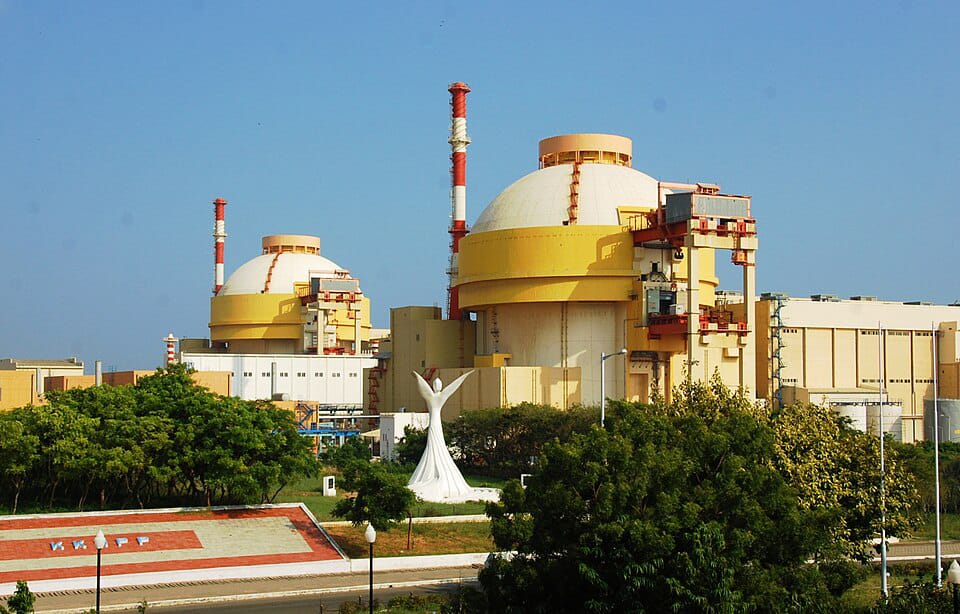
New Delhi: India is currently working on three distinct types of small modular reactors (SMRs), one of which is specifically aimed at hydrogen production, Union Minister Dr. Jitendra Singh informed the Rajya Sabha on Thursday. These reactors are intended mainly for use as captive power sources for energy-intensive industries, as part of the country’s broader efforts toward clean energy and decarbonization.
In his written reply, Singh stated that the three SMR variants being developed domestically are:
A 200 MWe Bharat Small Modular Reactor (BSMR)
A 55 MWe SMR
A 5 MWth High Temperature Gas-Cooled Reactor (HTGCR) for hydrogen generation
He confirmed that initial approval has been secured for the construction of these demonstration reactors. Once administrative clearance is granted, the projects are expected to take 60 to 72 months to complete.
The lead units of the BSMR and the 55 MWe SMR are planned to be installed at Department of Atomic Energy (DAE) sites, in collaboration with the Nuclear Power Corporation of India Limited (NPCIL). Singh also revealed that the estimated cost for the first 200 MWe BSMR unit is approximately ₹5,750 crore, based on prior experience with 220 MWe reactors.
The 5 MWth HTGCR will be paired with thermochemical hydrogen production technologies, specifically the Copper-Chloride (Cu-Cl) and Iodine-Sulphur (I-S) cycles, both of which have already been developed and demonstrated by the Bhabha Atomic Research Centre (BARC).
Singh emphasized that India possesses the necessary technology to build these reactors, and most of the components fall within the domestic manufacturing capabilities, supported by technological input from the DAE. “These reactors are being developed with multiple applications in mind—captive power generation, retrofitting of retiring fossil-fuel-based plants, and hydrogen production to support sectors like transport, with the primary objective of decarbonization,” he said.
As of now, India’s nuclear power fleet comprises 25 reactors with a total installed capacity of 8,880 MW, which includes RAPS-1 (100 MW), currently under long-term shutdown. Recently, two new 700 MWe units at Kakrapar Atomic Power Station (KAPS-3 & 4) and one at Rajasthan Atomic Power Project (RAPP-7) have commenced commercial operations.
Additionally, 18 reactors, including the 500 MWe Prototype Fast Breeder Reactor (PFBR) by BHAVINI, are currently under various stages of construction and development, collectively accounting for a further 13,600 MW of capacity.
